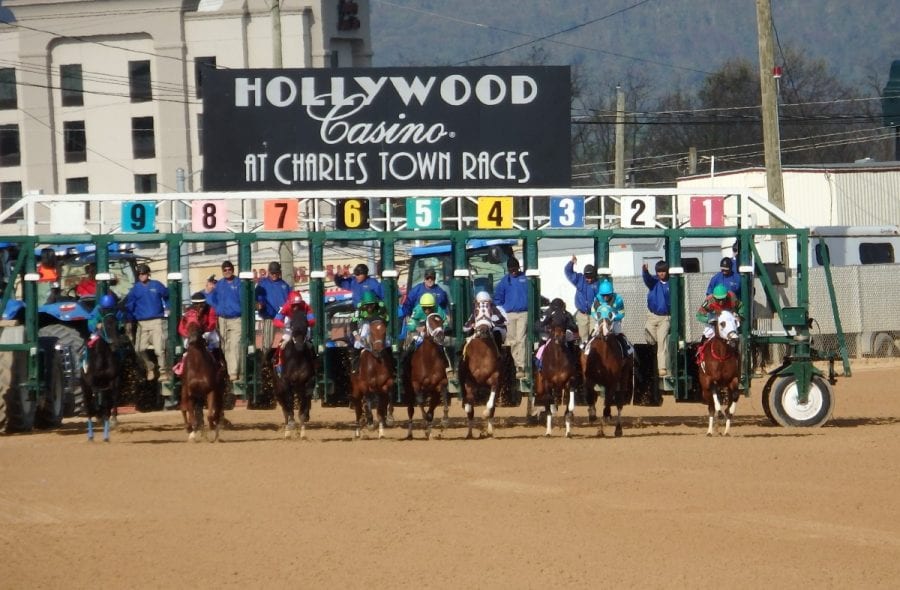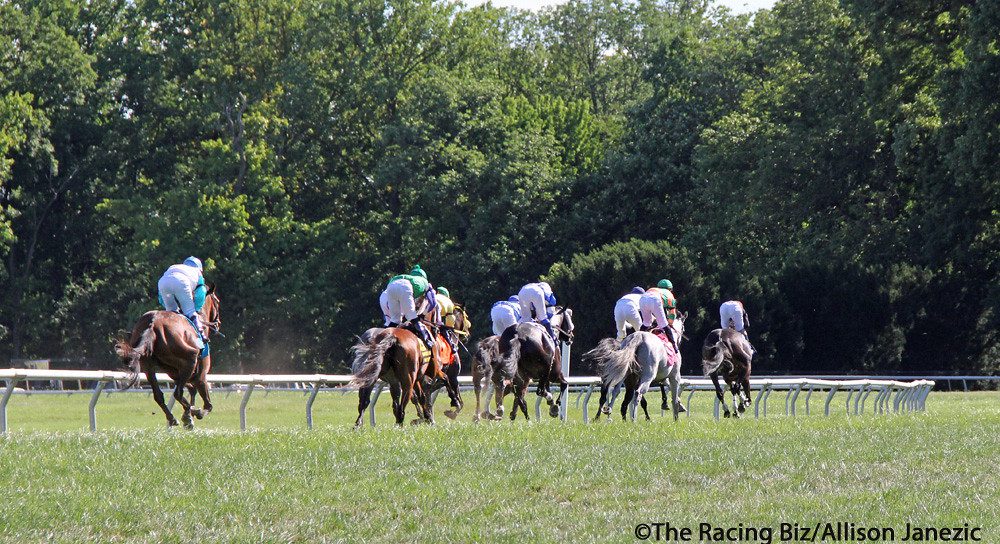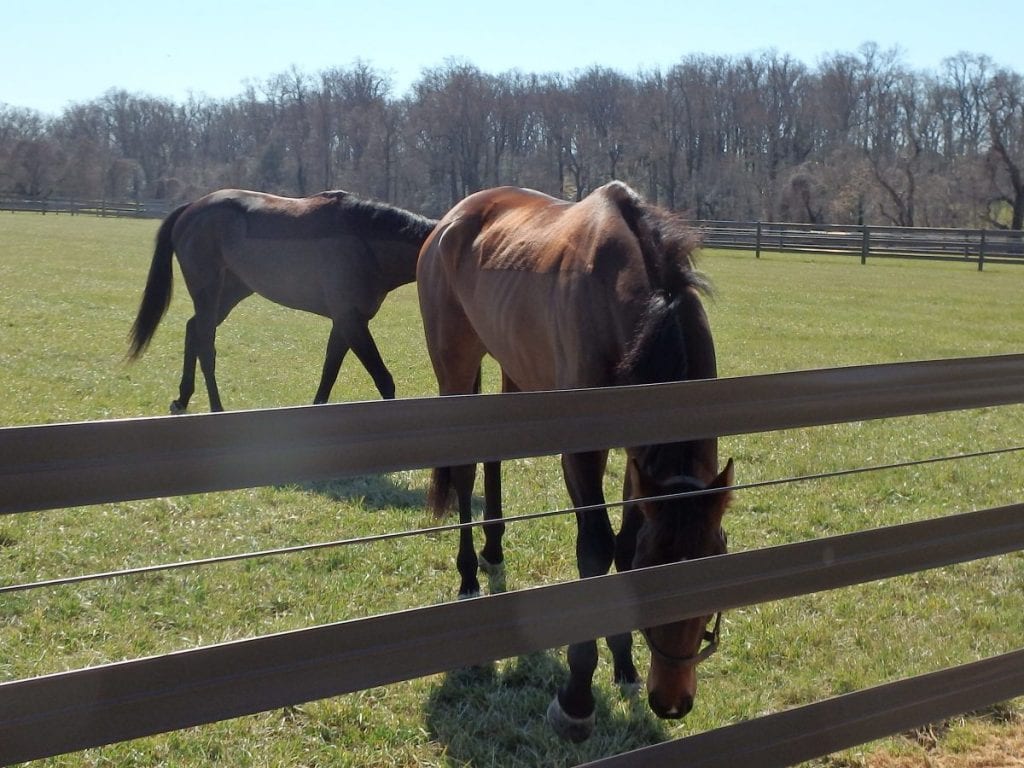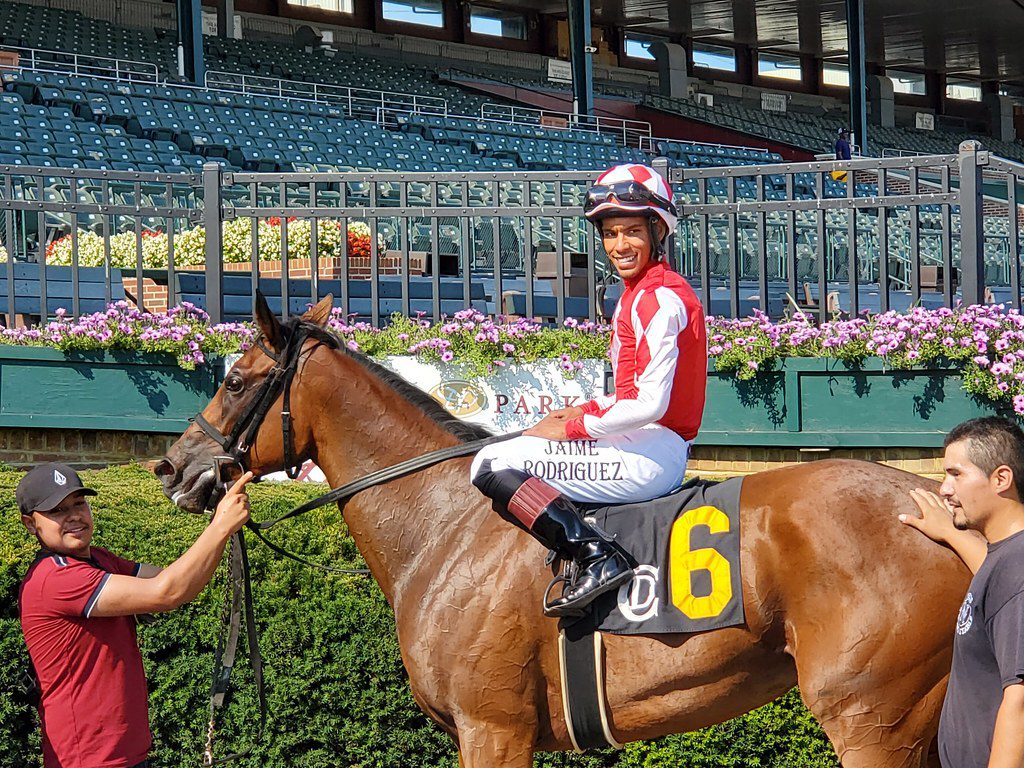Off the Pace: Scheduling towards full fields
You hear the concern all the time: too many tracks and too few horses. These conditions create small fields.
Fuller fields would be a pathway to higher total handle which should be the number one goal of any track management. So, is there a way to setup a schedule of racing days for the mid-Atlantic states (New Jersey, Pennsylvania, Delaware, Maryland, West Virginia, and Virginia) that would create conditions for fuller fields without greatly slashing the number of race days?

Impossible you say? Maybe not.
It would require some out-of-the-box thinking and interstate cooperation. I would understand any skepticism, as track management and state bureaucrats are not known for their ability to do either.
But for a second if we could close our eyes and clip our heels while repeating, “There’s no place like the home stretch,” perhaps we could see a way to improve the situation.
More from Off the Pace
If I were the Wizard of Racing Oz, using the current 2022 racing calendar as a starter, here is how could we reduce the number of times where numerous tracks are running at the same time.
I will start with an undramatic part of my proposal. Presque Isle Downs can keep their current number of racing dates. As the only synthetic surface in the six-state region, they are not in direct competition for the same horses as the other tracks. This fact, in addition to their remote location, truly makes them an outlier. The price for leaving them alone would be a requirement that all their racing cards have a 4:00 p.m. first post to lessen their conflict with the racing hours of the other tracks.
Next comes the most dramatic part of my proposal. Mountaineer needs to shutter their doors. The racing product is subpar. Their level of racing takes some horses away from their most equivalent night-time competitors, Penn National and Charles Town. The 135 days of racing lost at Mountaineer is the only major slashing of dates that I am proposing, and if Charles Town and Penn National see a great influx of horses their meets could potentially add a few dates. My gut feel is that those two tracks would be better off with using any influx to increase their field sizes.
I would propose is that Charles Town and Penn National never run on the same days and never have a first post earlier than 6:30 p.m. so they don’t conflict with each other or the other tracks in the six-state region. Penn National would run on selected Sunday, Monday and/or Tuesdays and no longer have to worry that Mountaineer was running on any of those days. This three-day- a-week schedule would allow them to keep their current number of racing dates.
Charles Town would be allocated the other days of the week. This flexibility would allow them to keep their current number of racing dates or slightly increase them if they get a huge influx of horses from Mountaineer.
Parx could keep the dates that were allocated in 2022 with one exception. In lieu of their normal two-week break in August, Parx would be dark for the four weeks between mid-June and mid-July.
Laurel would also keep their 2022 dates but break for four weeks between mid-July and mid-August. During the Laurel and Parx breaks, Delaware could run four days a week. For the rest of its meet Delaware would be restricted to three days a week. This schedule would lead to a slight reduction in dates for all three tracks.
The aforementioned steps would have the following benefits. First, it would reduce the number of days these three tracks bump up against each other. Second, the turf courses at Parx and Laurel would get some rest during the hotter summer days. Hopefully, this would strengthen the roots of the courses and decrease the number of turf cancellations, which are common, especially at Laurel. All three tracks would make sacrifices in order to increase handle and field sizes during the summer when they are all running.
Monmouth (including Meadowlands dates) and Timonium dates would remain unchanged. Monmouth would continue to restrict race dates to weekends and selected Fridays and Mondays to avoid conflict with the many weekday dates of Parx. The number of days at Timonium and the overall class level of racing makes it an insignificant drag on other tracks’ handle.
The number of dates would also remain unchanged at Colonial. Like Presque Isle, Colonial is in its own distant geographic area and isn’t a drag on dirt entries elsewhere given their high percentage of turf races. It could start its meet a little earlier to take advantage of the proposed Laurel early August break and then drop one day a week of racing when both it and Laurel were running.
Pimlico would keep the same basic schedule and number of days.
This outline only dramatically slashes one track’s racing dates but would significantly reduce the number of occurrences when tracks would be running at both the same time of day and on the same dates. If I were the great and powerful wizard of racing, I would also loosen shipping restrictions and have tracks coordinate their racing condition books to reduce duplications, but those are subjects for another day.
In the meantime, pay no attention to the man behind the curtain.
LATEST NEWS
























Tuna
28th Sep 2022I think Mahoning Valley and Thistledown would benefit more than the mid-Atlantic tracks from Mountaineer’s closing. But, who among us hasn’t tried to come up with a schedule like this!